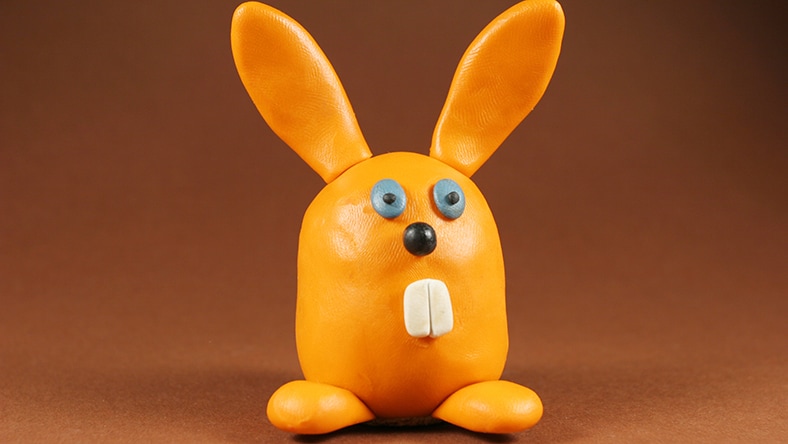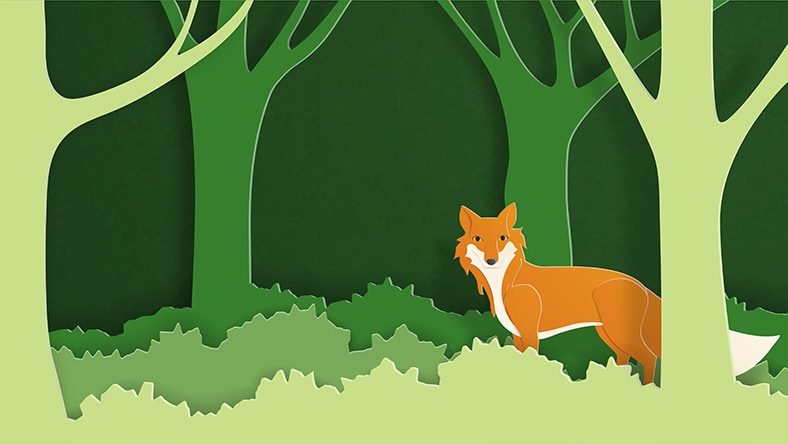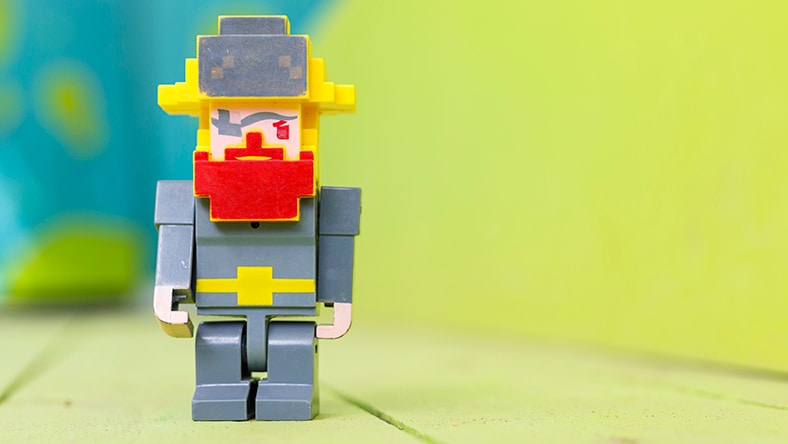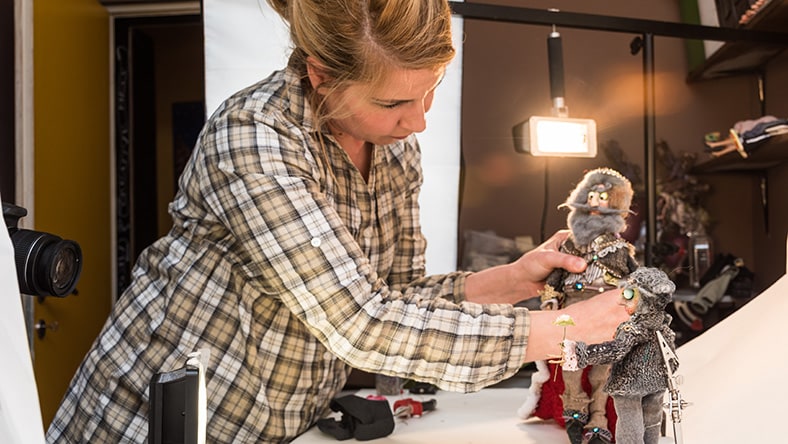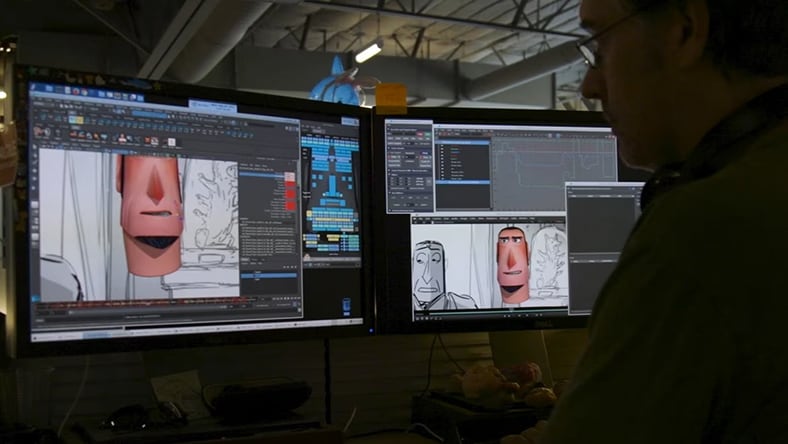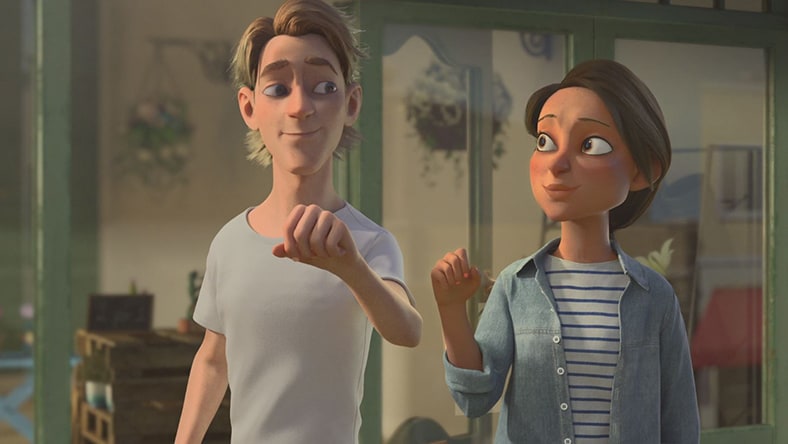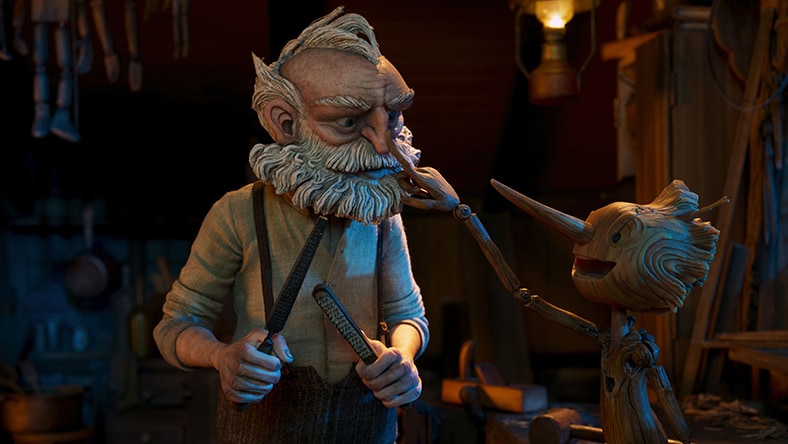& Construction

Integrated BIM tools, including Revit, AutoCAD, and Civil 3D
& Manufacturing

Professional CAD/CAM tools built on Inventor and AutoCAD
Image courtesy of LAIKA
Stop-motion animation is the art form of creating a motion picture from sequences of many still images. Animators capture a scene using puppets, figurines or cutouts; slightly manipulate the objects between each still image; and sequence the images together to create a film.
The Humpty Dumpty Circus (1898) is credited as the first stop-motion animation. The technique has proliferated ever since, being used in a great many productions, notably King Kong (1933), Gumby (1955), the original Star Wars trilogy of the 1970s and ’80s, and The Nightmare Before Christmas (1993). Today, animators use advanced stop-motion animation tools to aid and streamline the time-honoured traditions of the genre.
Animators reshape modelling clay sculptures frame-by-frame to create a motion picture.
Artists build each scene of the animation using flat cutouts of material like paper or fabric.
Animators use everyday objects such as toys or dolls. Lego toys are particularly popular.
Artists apply stop-motion techniques to human actors who pose for long series of photos.
Often-elaborate puppet characters, slowly manipulated for each photo, supply the action.
Animators backlight objects to create shadows, which are then captured as still images.
Stop-motion animation is a rewarding but painstaking art, requiring the sequencing of more than 100,000 still images for a feature-length production.
Animators can save time and resources by creating digital models of characters, sets and facial expressions before building or 3D printing the physical parts.
Powerful cloud-based stop-motion animation software centralises mountains of data, making it accessible from anywhere and coordinating smooth workflows between artists, directors, producers and production managers.
Machine learning-based generative scheduling can level many thousands of tasks across a large team in minutes and then adjust for changing variables on the fly.
Scale your studio’s rendering and simulation capabilities, while equipping artists with powerful modelling and animation tools.
LAIKA
Award-winning stop-motion studio LAIKA uses Generative Scheduling in Flow Production Tracking (formerly ShotGrid), as well as Maya and Inventor to design digital models and facial expressions before physical production.
Image courtesy of LAIKA
PASSION PICTURES
Production company Passion Pictures combined CGI with stop-motion, including 3D printed model heads, to produce a hybrid animation ad.
Image courtesy of Passion Pictures
SHADOWMACHINE
To handle the stop-motion animation of Guillermo del Toro’s Pinocchio while forced into sudden remote work, Portland’s SHADOWMACHINE turned to Autodesk Flow Production Tracking as a centralised source of scheduling truth.
Image courtesy of Netflix
Chris Ohlgren of HouseSpecial explains some of the real-life differences between working on highly collaborative computer animation and straightforward but laborious grind of stop-motion animation.
Award-winning feature-length animators combine classic stop-motion techniques with CGI from Autodesk Maya and thousands of digitally designed 3D-printed puppet parts to achieve its Missing Link.
A duo of experienced animators pick up Autodesk fusion to create a time-saving, highly versatile stop-motion animation puppet.
Stop-motion animation is done by artists arranging puppets, clay figurines, paper cutouts or other physical objects into a scene and taking a photo. The artists then manipulate the objects slightly, take another photo and repeat that process many times, often 30 photos per second of film time.
The large quantity of still images is usually sequenced in order within specialised stop-motion animation software with capabilities designed for stop-motion animation to create a motion picture. That resulting animation is then edited like any other video, including adding music, voiceover, and sound and visual effects.
The six major types of stop-motion animation include claymation, which uses modelling clay sculptures that are reshaped frame by frame. Cutout-motion uses flat cutouts of material such as paper or fabric to create each scene, whereas object motion uses everyday objects such as toys or dolls.
For pixilation animation, animators apply stop-motion techniques to human actors who pose for long series of photos. Puppet animation turns to often elaborate puppet characters, slowly manipulated for each photo. Finally, silhouette animation backlights objects to create shadows that are captured as still images.
The main difference between 3D animation and stop-motion animation is in the medium of what’s being animated.
For 3D animation, artists create 3D models and environments within software and can manipulate them in innumerable ways, potentially making photorealistic images. With stop-motion animation, artists manipulate physical objects and photograph them frame by frame to create a film with sequenced still images.
While the cost of 3D animation is coming down, stop-motion animation can generally be done with a lower budget than 3D animation. Both animation styles can be very time consuming.
The difference between 2D animation and stop-motion animation is drawings vs. physical objects. Both styles create frame-by-frame animation, which lines up a series of images in sequence to create the illusion of movement.
However, for 2D animation, artists draw images by hand or in software, whereas for stop-motion animation, they photograph scenes of manipulated physical objects.
The method of cutout animation–where flat cutouts of paper, fabric or other materials are arranged to create images frame by frame–blurs the lines between 2D drawn animation and 2D stop-motion animation.

